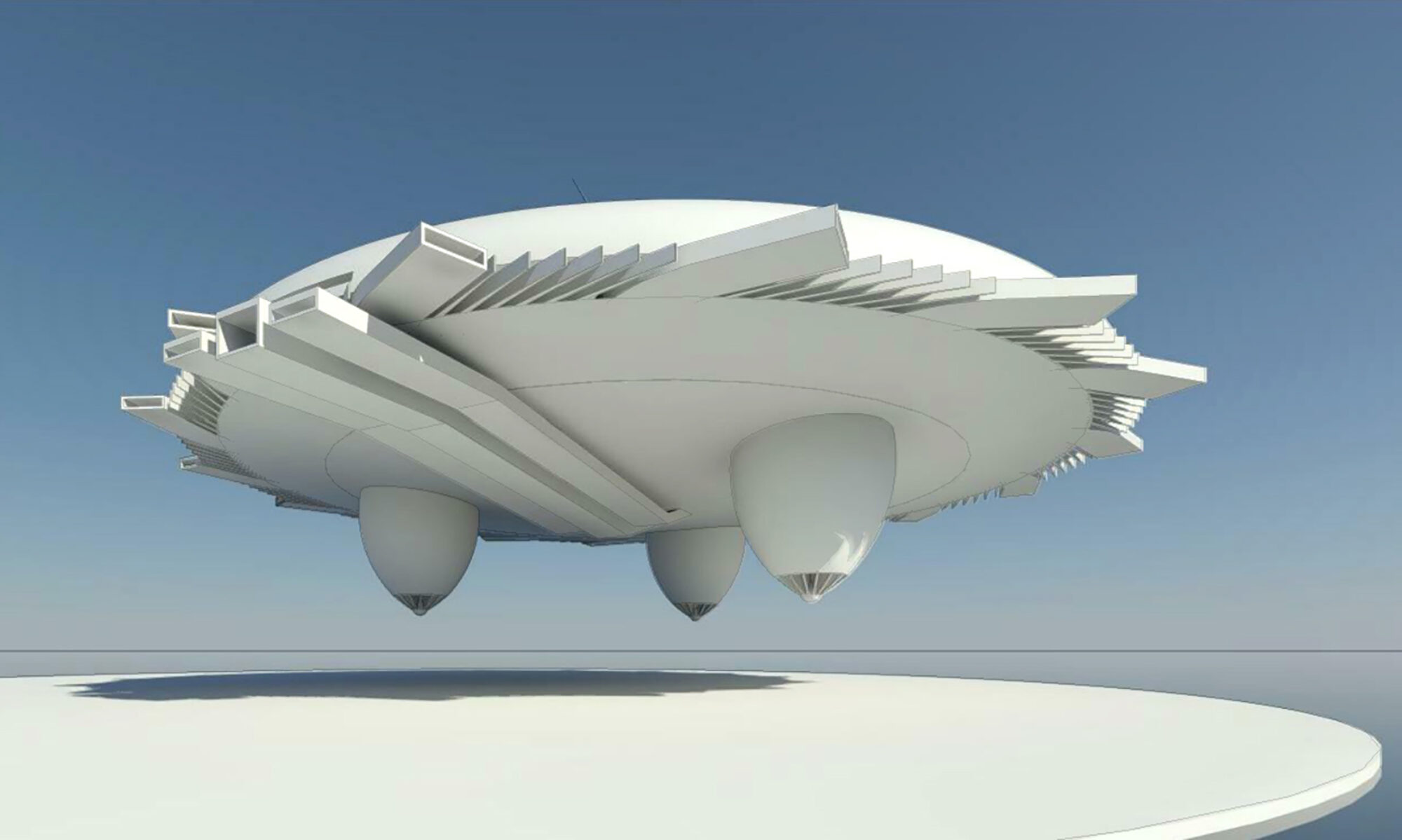
Leopoldo Sousa, Civil Engineering bachelor student at ISEP
Survey about VR use in the AEC Industry
Leopoldo Sousa is a Civil Engineering bachelor student at ISEP (Porto School of Engineering) and he started to engage in BIM and digital technologies in his early days at ISEP, due to ISEPBIM, an academic group from Porto, Portugal.
ISEPBIM was founded to connect people who are interested in BIM and the use of technology in the construction industry. This group perceives the connection between the industry and the academia as the natural path to create a two-way bridge between new and matured ideas, research and daily use, new roles and traditional ones. It embraces students, professionals and professors in the same community as equals, and seeks to share knowledge and experience to improve the AECO industry. It’s a not-for-a-profit group, relying on the volunteer effort of its members, having as main activities the support on R&D activities at ISEP, the collaboration in Master Thesis and the organization of yearly events, to connect with the community, inspire and share knowledge.
After attending several ISEPBIM events, he was flabbergasted with what BIM brings to civil engineering and the overall construction industry and he wanted to improve himself, so he took the BIM Summer School course in 2019, organized by ISEPBIM. It only increased his will to learn more and led him to choose an internship at VN2R for his bachelor’s thesis this year.
VN2R which is known to be at the forefront of technology and digitalization in the Portuguese AECO industry, proposed him an academic project entitled “Virtual Reality in Project Meetings”, with the guidance of Diogo Ribeiro from ISEP and Rui Gavina from VN2R. The aim of this project is to provide a guide of best practices and methodologies for this specific use of VR, combined with the state of the art of the latest existing technologies around the subject. Virtual Reality has a wide variety of proven valuable uses, some of which related to the construction industry, but it is still to become a mainstream use in project management and specifically in project meetings. These meetings are known for the complexity underlined by the different background, expertise and perception of stakeholders around a project, being paramount to have a clear understanding of the multi-interdisciplinary relationships in a building and their workability.
The academic/industry project is structured in the following main topics:
- State of the art of VR in the AECO industry, presenting the technology, hardware and software solutions and highlighting the main features, case studies and current uses of VR.
- Report on an industry world-wide survey, identifying the needs, current uses, maturity and gains from the use of VR in project meetings. The objective is to breakdown the statistical data and identify patterns per region and user group type.
- Definition of requirements for VR use in project meetings (Hardware, Software and workflow) and proposal of best practices.
- Case study showing the application of the proposed workflow.
They strongly believe the industry survey is a great opportunity to understand with more depth the mindset of worldwide professionals as well as the full technology’s potential usage in this industry. they would need a considerable number of answers to validate their ideas and conclusions.
Link: https://forms.gle/7GwZtQJgLvuRcXj26
The survey has a key role on the research work, nevertheless they already identified some software essentials features for the purpose of project meetings:
- Measuring tools- it is one of the most necessary features, the ability to measure (distance and angular) within the immersive environment.
- Graphic and Text Annotation tools- since one of the most important characteristics of VR is visualization, the ability to take notes for later analysis is very relevant.
- Exporting Annotations into the native modelling or coordination software- mainly though the open the format BCF. It is important that all data may be preserved and used with different software, improving interoperability.
- Multiuser collaboration. It is possible to follow VR project meetings without the immersive experience; however, it would not be efficient.
- Pricing. All technologies require a valid return of investment. Being a technology to be used mostly on project meetings, the licensing period is also relevant and would probably justify a cost per usage time.
You would please be so kind to fill in the survey to help Leopoldo to get as many feedbacks as possible. Thanks in advance for him.
